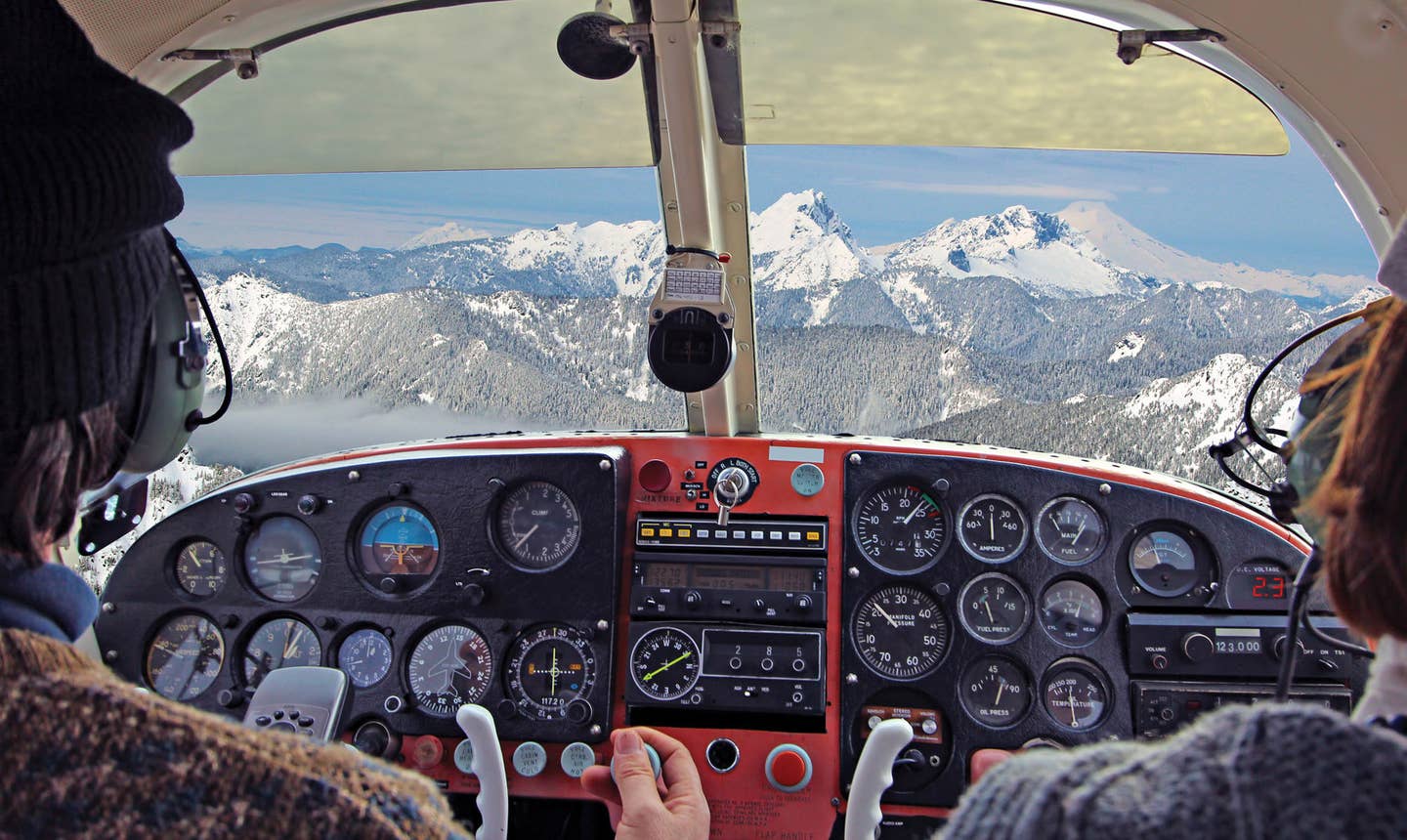Accident Brief: A Beech A36 Bonanza Accident In Nevada
Read the NTSB report on a Bonanza accident in Tonopah, Nevada
The private pilot reported that, after the airplane reached about 8,000 ft mean sea level for the personal, crosscountry flight, he began to smell smoke and then heard a popping sound. The engine then began to lose power, and he initiated a return to the airport. During the descent, the engine lost all power, and the pilot maneuvered the airplane to land on a highway. Due to obstructions, the pilot subsequently landed the airplane on a highway median. The airplane landed hard, which resulted in substantial damage to the fuselage and wings. Examination of the engine revealed signatures consistent with detonation, which led to the failure of the No. 4 piston, the crankcase becoming pressurized, oil being pumped overboard, and the eventual oil starvation of the engine components.
A review of data from the engine data monitor (EDM) revealed that, during the flight that occurred earlier that day, the fuel flows and engine temperatures were appropriate. However, the EDM data for the accident flight revealed that the fuel flow was significantly lower during the takeoff and en route climb portions of the flight and that the cylinder head, turbine inlet, and oil temperatures reached extremely high values.
The pilot stated that he could not specifically recall the steps he took to manage the fuel/air mixture during the flight. The low fuel flow recorded on the EDM along with the excessive temperatures suggests that the mixture was set lean. Additionally, following the accident, the mixture control appeared to be leaned for cruise flight, rather than at full rich. However, the aircraft flight manual specified that the fuel mixture should be set to full rich during all operational phases from engine start through cruise climb. Given the evidence, it is likely that the pilot improperly leaned the fuel/air mixture and that he did not adequately monitor critical engine parameters via the cockpit gauges, which led to the high engine temperatures going undetected and resulted in oil starvation and the subsequent catastrophic engine failure.
Probable cause(s): The pilot's failure to properly lean the fuel/air mixture and to monitor critical engine parameters during the en route climb to cruise level, which resulted in excessive engine heat and oil starvation and the subsequent catastrophic engine failure.
NOTE: The report republished here is from the NTSB and is printed verbatim and in their complete form.

Subscribe to Our Newsletter
Get the latest Plane & Pilot Magazine stories delivered directly to your inbox






